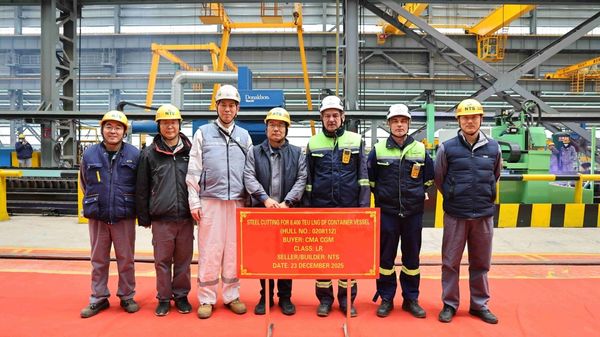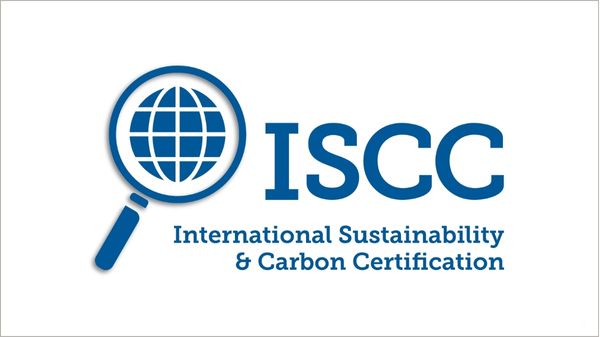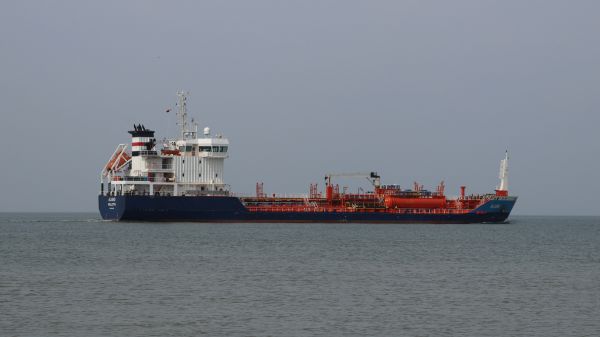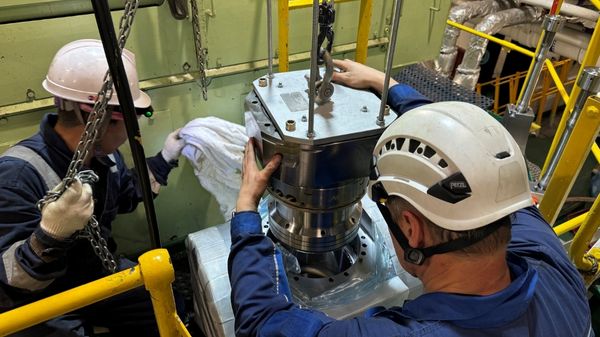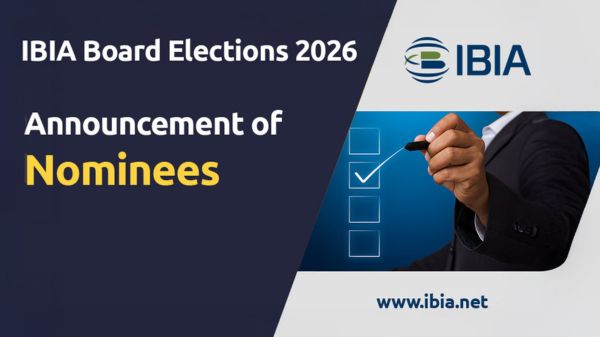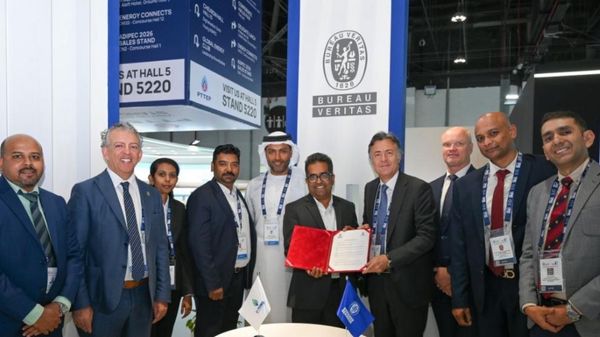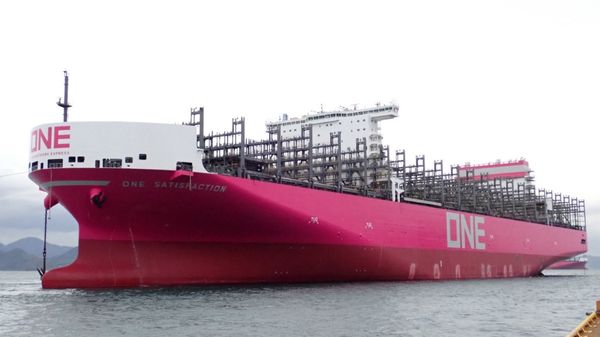Press Release - Source: Hamworthy
Integral to satisfying demand for a new generation of low emissions vessels powered by natural gas to the commercial market are technical solutions to store and handle LNG on board. With extensive experience in the field,
Hamworthy's gas systems business has recognised the growing potential for wider application.
Pressure is mounting to meet the
International Maritime Organization's (IMO's) stringent Tier III rules on engine emissions, due in force from 2016 in defined Emission Controlled Areas (ECA's) such as the Baltic Sea, the North Sea and, imminently, most of the US and Canadian coasts.
For makers of conventional diesel plant, the coming strictures are demanding considerable investment in combustion technology and the materials used for key components, so that engines can work at higher pressures and temperatures.
Tier III demands engine NOx emissions for ships constructed on or after 1 January 2016 reduced to just 3.4 g/kWh inside an ECA (less than a quarter of that demanded by the globally applicable Tier II). At the same time, it is not a matter of if, but when shipping will come under UN provisions to control CO2 emissions.
An increasing number of owners are therefore considering a more radical shift to the selection of ship engines burning proven low emissions gas technology.
IMO administrations have been working on new guidelines covering the storage and handling of LNG as a fuel on a range of ship types currently driven by diesel plant.
Reidar Strande, Hamworthy Gas Systems, explained that the IMO's ‘Interim Guidelines on Safety for Natural Gas-Fuelled Engine Installations in Ships', which are part of the revised so-called IGF-Code envisaged for entry into force in 2014, offered the regulatory framework for wider adoption of gas fuelled technology.
The new guidelines provide criteria for the design arrangements and installation of propulsion and auxiliary machinery powered by natural gas to ensure integrity, safety, reliability and dependability equivalent to that of comparable machinery burning conventional fuel oil. Under them, natural gas may be stored in gaseous or liquid states.
Much of the groundwork has already been done by class societies, such as
Det Norske Veritas in particular, which has been participating in gas fuelled ship classification for Norwegian coastal ships since as long ago as 2000, when the Fjord ferry
Glutra entered service. However, regulatory development for international operations has not come a moment too soon, according to Mr Strande.
"From designers through to charterers, many involved in shipping are now considering the potential for LNG as a commercial alternative," he said. "As a company already intimately involved in providing storage and handling solutions for new LNG carriers able to run on boil-off gas, and with solutions on board new floating production and storage units, Hamworthy has made sure that its experience is being made available to the wider market."
The gas generation
A new generation of ships is fast emerging, propelled by gas engines and driving controllable pitch propellers through mechanical transmission. These ships are making the early running in terms of the more widespread uptake for LNG as a fuel. Here, gas-fuelled propulsion is considered particularly attractive because the vessels can be conventional in most respects in terms of operation and the way they fit the structure of the shipping business, while achieving greatly reduced emissions and using the energy very efficiently.
Hamworthy has been closely involved in providing storage and handling technology for such new generation ships. Through a non-exclusive agreement with Rolls-Royce, it is participating in the
Sea-Cargo AS project to build what are believed to be the world's first seagoing cargo vessels to be fuelled solely by LNG. These 132m long ships are to have a straightforward mechanical drive propulsion system, with main engines coming from
Rolls-Royce (as well as the overall vessel design). They can be considered conventional in all but the fact that LNG is the fuel, according to the engine builder.
On delivery from the
Bharati shipyard in
India they will operate on a ten day round trip service covering Baltic, Norwegian and British ports, bunkering gas fuel at one location.
Mr Strande said Hamworthy's part in the project involved providing the solution for cold liquid gas to be stored in two insulated tanks forward of the engine room, in a ventilated enclosure offset to one side to clear a vehicle ramp. "This space will also house the evaporator system that converts the liquid into a low pressure, warmed gas and supplies it to the gas engine that turns the propeller through a reduction gear and also supplies the vessel's electrical load by means of a generator driven off the gearbox," he said.
Another recent contract worthy of note is for a 70m long vessel to be built in
Turkey for
NSK Shipping to carry feed to fish farms along the coast of
Norway. In this case, Hamworthy's storage solution involves LNG fuel being stored in a single 90 cubic metre insulated tank.
Mr Strande emphasised that with a wider uptake of gas-only fuel solutions, it was imperative that owners and yards were familiar with the technology they were tapping into.
Hamworthy's LNG storage and handling system (
LNG Fuel Gas System) is typically delivered as a complete skid prepared for installation in vessels. All hook up works and interconnecting pipings to the vessels system (e.g. utilities as electricity, heating water, purging, gas to engine and LNG) are performed at yards.
The
LNG Fuel Tank Skid (one/two units per ship) encompasses equipment and systems for storage, evaporation, heating and pressure holding. Each skid typically has the capacity to supply gas of 50% to 100% of the gas engine(s) requirement. The skid will supply natural gas at required pressure and temperature to the gas engine's gas regulation unit.
Careful consideration needed to be given to the storage and handling system fitted in with the overall design of the vessel, Mr Strande said. "The tank room should extend below and somewhat above the LNG fuel tank. A space might be made in the ship's tank top (deck) to allow for a smaller extension below the tank room. The extension of the tank room above the LNG fuel tank might influence deck structure below the tank room."
Hamworthy's LNG fuel tank is a double shell vacuum-insulated pressure vessel design, but its size is specified by the client. The gas tight tank room contains equipment for evaporating LNG, heating natural gas, and pressure holding.
"The equipment in the tank room is kept to a minimum," said Mr Strande. Typical equipment includes; LNG Vaporizer, natural gas heater and pressure build-up unit as well as piping and control instrumentation.
Growing potential
The range of LNG engines and gas-only fuel applications is fast expanding. Rolls-Royce recently made a significant breakthrough for the gas only fuelled option in the offshore sector, with
Island Offshore choosing LNG-powered propulsion for its latest pair of UT776 platform supply vessels.
However, it is essential to remember that builders of mainstream merchant ships have also been energetic in offering engines that can run on LNG, and that many owners now see the long available ‘dual fuel' option as the preferred means of meeting ECA restrictions.
It is known that the
Tarbit Shipping Type II chemical tanker
Bit Viking (24,783 dwt) is due to be converted to use LNG as a fuel. Again,
Reederei Stefan Patjens is ready to convert auxiliary engines and boilers on board a four year old 5,000 TEU container vessel - the first box ship ever to partially operate on LNG. By converting cargo space next to the engine room into a gas technology room and using additional LNG containers on deck, LNG will be supplied using only containers.
Wärtsilä Corp has already delivered 36 LNG carriers in operation powered by the dual fuel Wärtsilä 50DF engines, with a further 32 on order. In October, meanwhile,
MAN Diesel and Turbo announced a full-scale performance verification test of its gas injection principle for its two stroke 4T50ME-X research and design research engine, envisaging the potential market for the dual fuel ME-GI engine extending from LNG carriers to LPG and on to containerships, as well as ships plying a fixed trade.
With momentum clearly growing, Hamworthy says it already has the expertise and understanding to meet the challenges ahead and deliver an optimal solution to best serve the needs of the gas handling environment.

